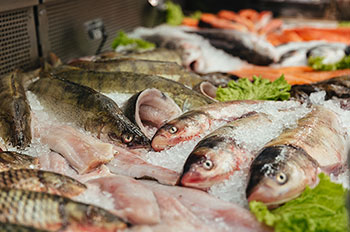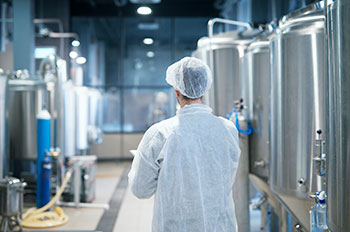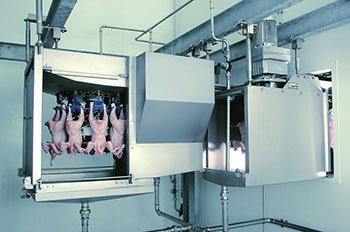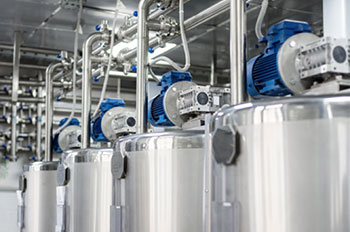About Us
Who we are | What we Do

Refrigeration solutions
to boost your projects
ULTRAKOOL REFRIGERATION is India’s leading industrial refrigeration company specializing in design, supply, installation, commissioning, troubleshooting, training, plant operation, and energy optimization.
ULTRAKOOL REFRIGERATION provides customized refrigeration plant solutions, enhancing production, product quality, and energy optimization of your plant.
Know MoreFinished Projects
Happy Customers
Working Hours
Years in Business
Services
All kinds of Industrial Refrigeration Works
System Design
- Plan
- Concept
- Framework
Our expert design team develops highly efficient, custom refrigeration systems tailored to meet your specific needs.
Service & Maintenance
- Assist
- Support
- Mend
With affordable AMC services, we ensure your machines operate at maximum efficiency and longevity through regular maintenance and optimization.
Supply
- Spares
- Compressors
- Valves
We offer a comprehensive range of genuine spare parts including valves and compressor parts from renowned brands like Kirloskar, Mycom, Frick, Bitzer, and Frascold. Suitable for all your refrigeration needs.
The Process
The 3 Step Process for Successful Refrigeration Systems
-
Project Design
01.Precisely understanding the requirements of our clients and providing efficient, customized, and cost-effective design solutions.
-
Execution & Installation
02.Transforming designs into reality with our professional execution team, ensuring seamless installation and setup.
-
Maintenance & Optimization
03.Ensuring maximum efficiency and longevity of the systems through comprehensive servicing and maintenance.
Testimonials
What Our Clients Say
At ICE North Refrigeration, we do more than manufacture and install equipment. We provide total control of your refrigeration system. From system design to installation, to ongoing maintenance and repairs. Our refrigeration and program professionals are trained to deliver the highest levels of efficiency, safety, and results. We want to be your life-long partners. modify this text data as info i gived about about that company Absolutely! Here's the modified text to fit the information about Ultrakool Refrigeration: At Ultrakool Refrigeration, we do more than just refrigeration. We provide comprehensive solutions tailored to meet your specific needs. From designing and supplying to installation, commissioning, troubleshooting, training, and plant operation—our services cover the entire spectrum. With a focus on energy optimization and efficiency, our professionals are trained to deliver the highest levels of quality and results. We are committed to being your reliable partner in industrial and commercial refrigeration, ensuring enhanced production, product quality, and optimal energy usage. Choose Ultrakool Refrigeration for a seamless, efficient, and sustainable cooling solution.





